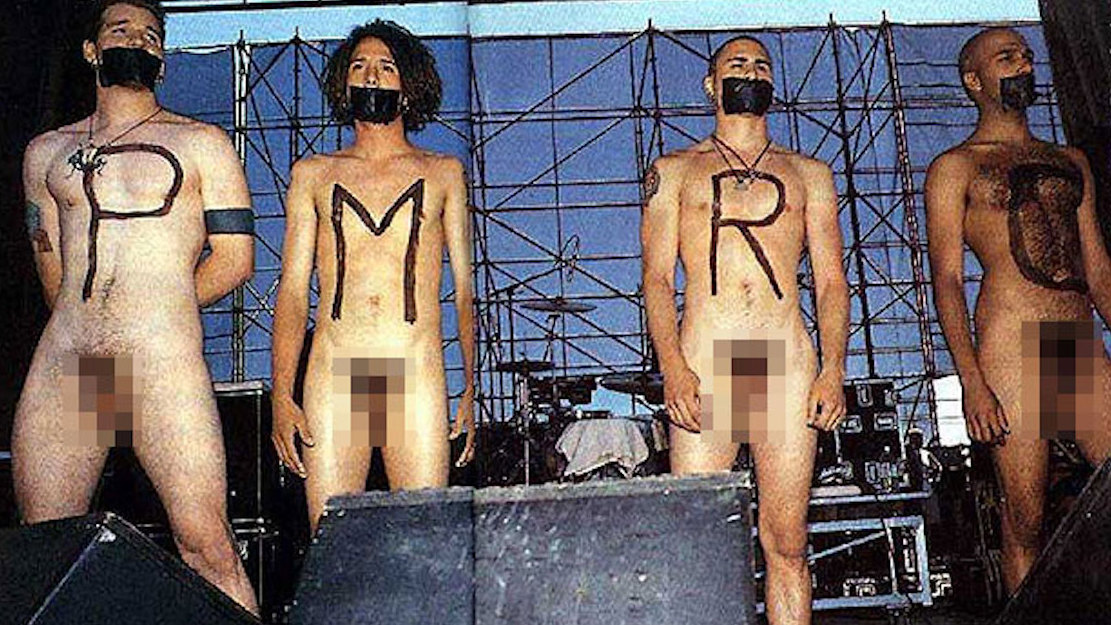25 years have already passed since the LA band chose a Lollapalooza show to protest against music censorship. But the root causes that led to this unforgettable show of defiance go back even further.
Led by Tipper Gore, wife of the soon-to-be American Vice President Al Gore, the PMRC (or Parents Music Resource Center) was a pressure group formed in 1985. Its intention was to increase parental control over how children could access music that they considered to have violent, sexual or drug-related themes. How they proposed to do this was by convincing record companies to label albums with stickers.
Initially, 19 companies agreed to the demand, but before the ‘Parental Advisory’ stickers actually appeared, the US Senate agreed to hold a hearing on the issue. Three rock stars became unlikely allies in the fight against this form of censorship – Frank Zappa, John Denver and Dee Snider. But despite their best efforts, the stickers were finally introduced at the end of the hearing in November 1985.
This hot topic united acts from across the musical spectrum and a number of musicians spoke out against what they saw as an unjustified attack on a basic American constitutional right to free speech. But it was RATM’s visual protest that created the most fuss a full eight years later.
The plan was simple. The band, already known for their willingness to highlight radical political views, would use a 15-minute set on the 1993 Lollapalooza tour to play nothing at all. Instead, vocalist Zack de la Rocha, guitarists Tom Morello, bassist Tim Commerford and drummer Brad Wilks would simply stand in a line at the front of the stage, totally naked. Band members would be gaffer taped at the mouth and would have one letter of “PMRC” daubed on their chest.
- What Really Happened When Zack de la Rocha Quit RATM?
- The best deals on Rage Against The Machine shirts and merch
- The 10 best Rage Against The Machine songs
- Celebrating 25 years of Rage Against The Machine
“When we walked out onstage people loved it, they were cheering,” recalls Commerford. “But little did they know, we weren’t planning on playing a note.” By deliberately leaning bass and guitar against the amps, instead the band created a wall of feedback that went on and on and on.
“After 10 minutes of standing there naked, what started as cheers turned into bottle throwing,” says Commerford, recalling the moment the crowd realized the band wouldn’t play a single note in the short time allotted for their set. “People were just bummed out. We were hauled off by the police… that was a special moment.”
The band members were deadly serious about their opposition to politically connected people interfering in artists’ right to express themselves. But Commerford also had another, more personal issue on his mind at the time, worried that his dick looked like he’d just walked out of the sea. “It was incredible. I was trying to fluff things up to get the blood flow to happen. But it wasn’t really happening!” No matter. Shrivelled or not, Rage still managed to pull off one really big protest.
